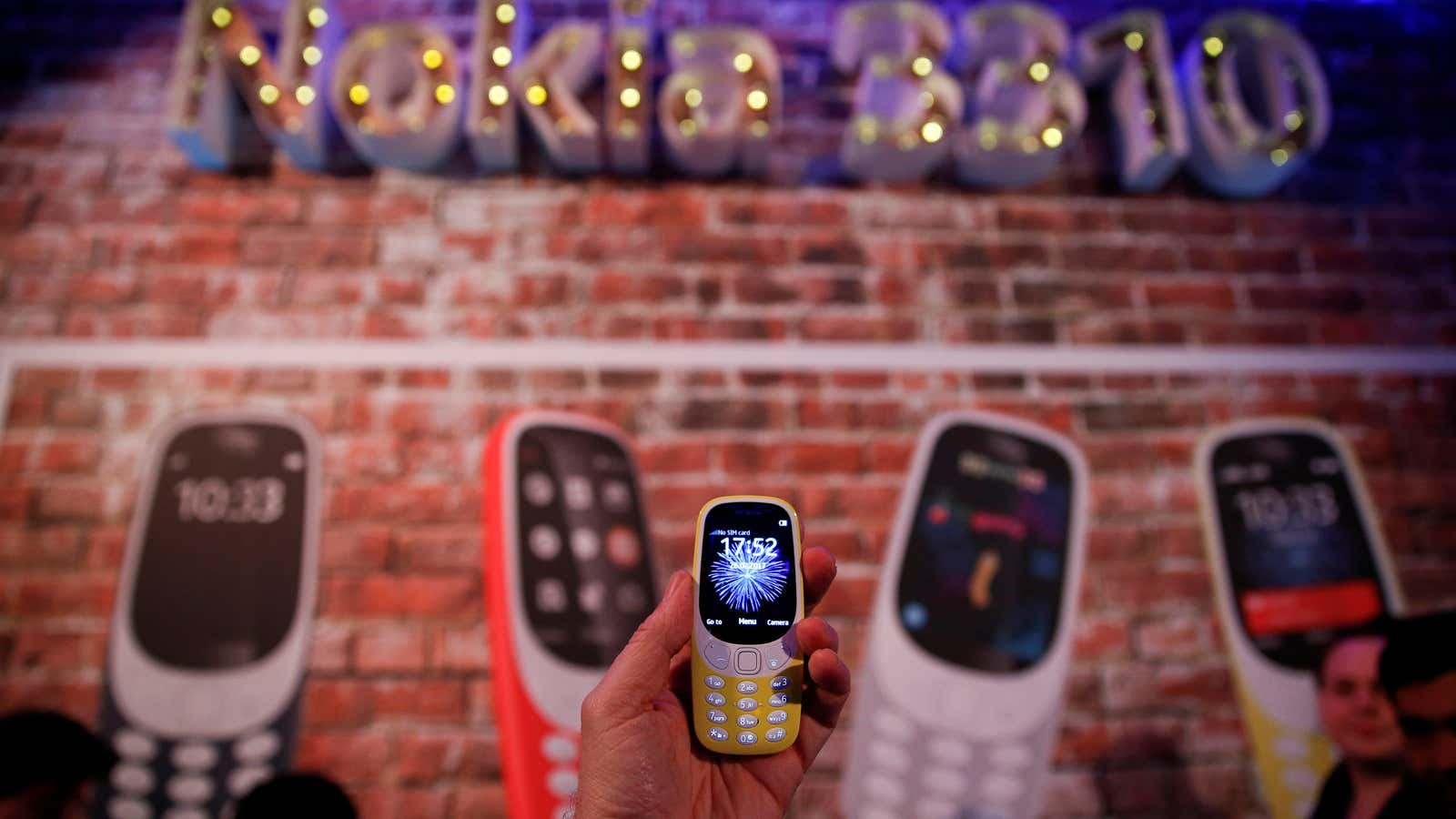Barcelona, Spain
Executives at HMD Global, the startup that licenses the Nokia brand for its phones, were worried that no one would show up to their event ahead of Mobile World Congress today. The crew of earnest Finns—many of them career Nokia executives and lifelong fans—were being modest. The media turned up in droves, thanks to the buzz around a hotly anticipated reboot of the classic Nokia 3310.
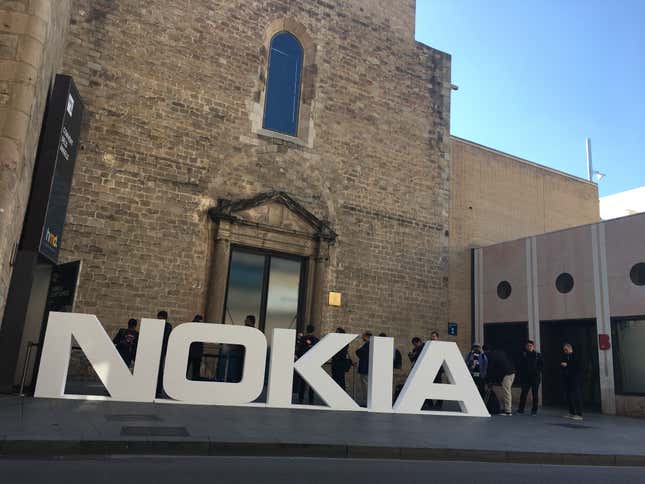
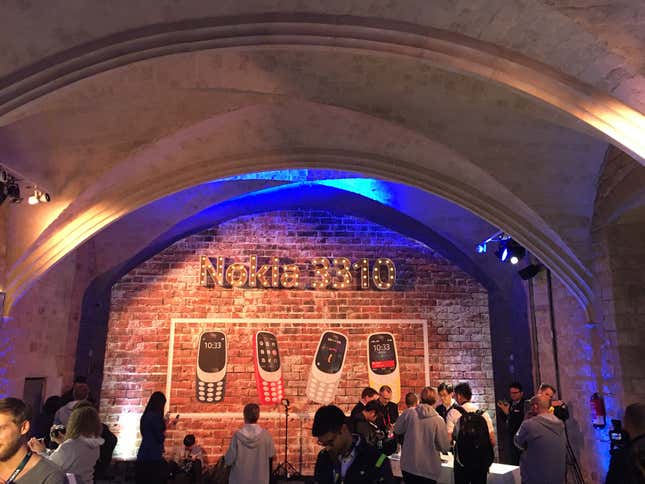
But let’s cut to the chase: The reimagined 3310 is a bit of a letdown. Instead of a subtly updated classic, like the NES Classic Edition, HMD tweaked the design a little too much: The phone is slimmed down, the function buttons just below the screen have been widened, a directional pad added, and the silhouette streamlined. The original’s slight convexity is traded in favor of a flatter, thinner, shape. The result is a perfectly adequate feature-phone, but the charm of the hefty, chunky, original is lost in translation.
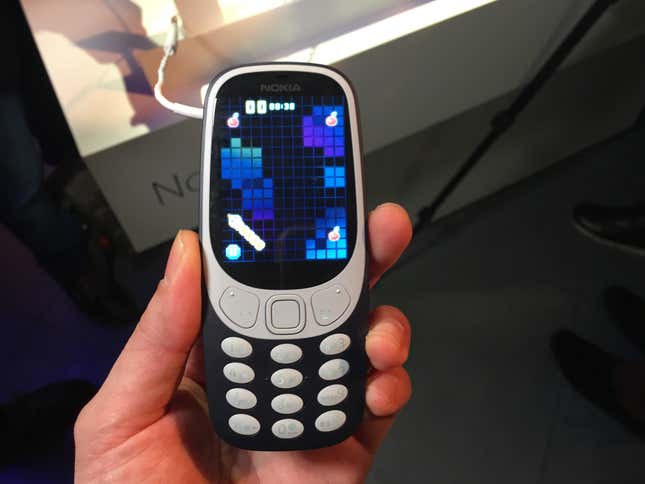
The 3310 runs Nokia’s feature-phone operating system, Series 30+. A few things set it apart from the original: It has a two megapixel camera, a web browser (Opera Mini), and a slightly modified Snake game from Gameloft that uses two keys instead of the four-directional original. Other features put it in the same league as the original, like a claimed 22-hour talk-time and month-long standby time, and the original Nokia ringtone.
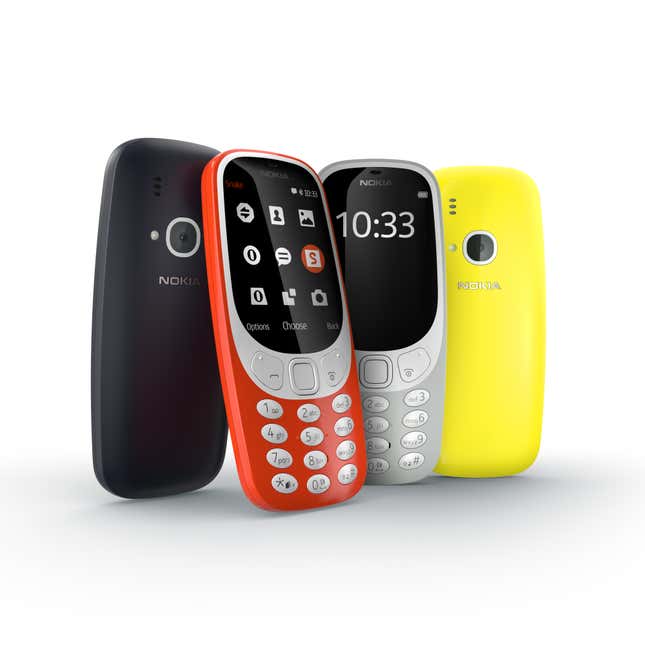
No matter, since the rest of Nokia’s smartphone offerings carried the show. The emphasis was on high-end design and materials, which means polarized and sculpted Gorilla Glass and an aluminum finish on even the lowest end Nokia 3, and aggressive pricing—the Nokia 3 goes for €139 ($147).
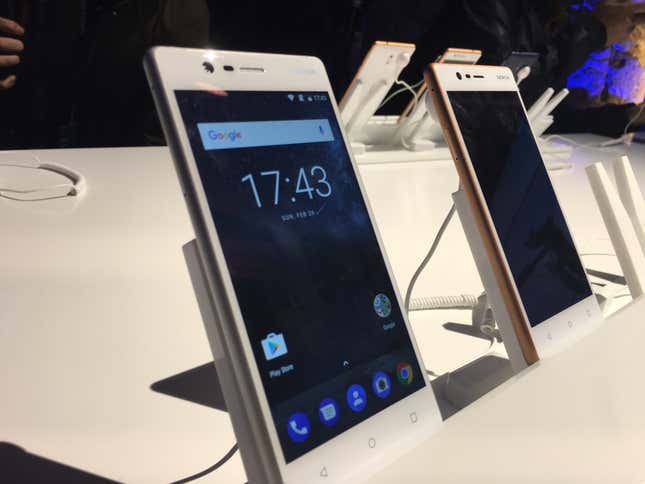
Nokia’s other big move is to shut the door on bloatware—even shunning pre-loaded apps from Nokia, the company, which now makes health-centered wearables and software—promising the “purest” Android experience possible. This means no concessions to the over 500 carriers in 120 countries who will offer the phone, many of whom have grown accustomed to pre-loading their own apps to the detriment of the end-user.
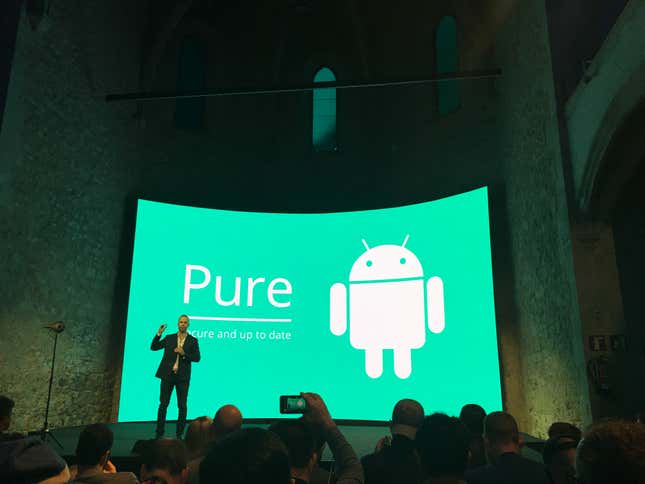
HMD Global’s executives say the phone is aimed at young consumers, many of whom may never have owned a Nokia before. CEO Arto Nummela says over 70% of its customers in China, where its top-end Nokia 6 has been available, are of “a new generation,” suggesting that they were buying the handsets on their merits alone, rather than brand loyalty or the effects of nostalgia.
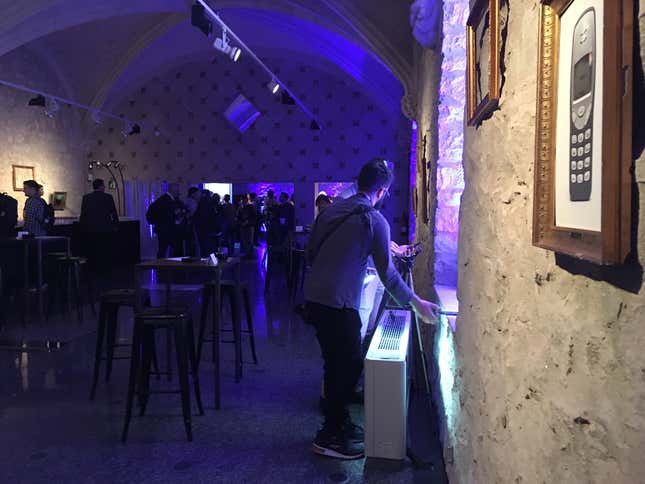
Egalitarianism is at the heart of the new Nokia—perhaps ideally suited to our times—with Nummela pointing out that the new phones were priced so that consumers could get high-quality, “human” design, at any price.
Indeed, the most expensive Nokia is a special edition Nokia 6, at €299 ($316), and the cheapest new phone announced is the 3310 at €49 ($52). For comparison, the flagship Huawei P10, also announced in Barcelona today, is more than double the price—although it has more powerful features. The phones will be available sometime in the second quarter of 2017, HMD says. Full specs for the phones are here.
